-
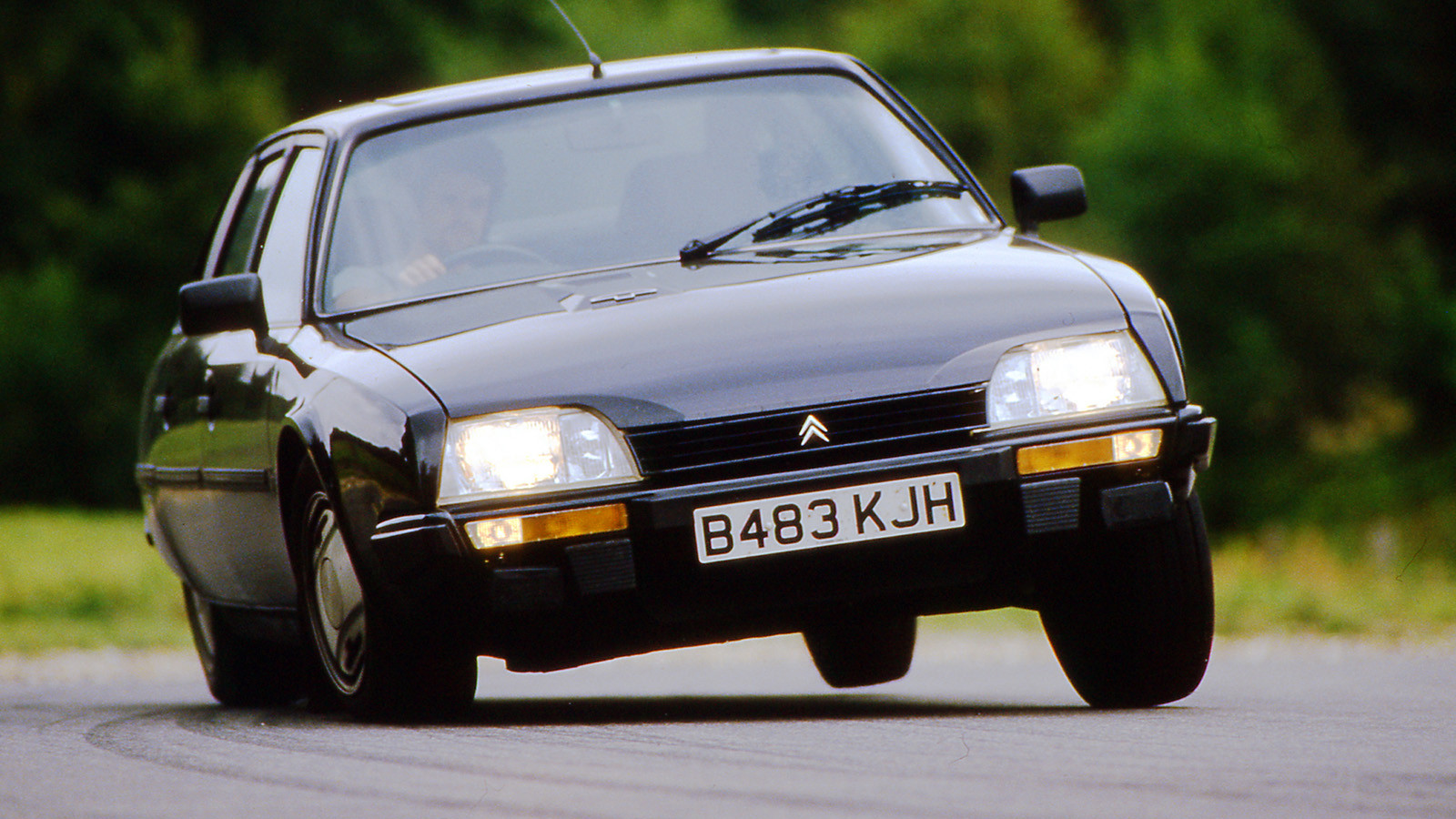 © Classic & Sports Car
© Classic & Sports Car -
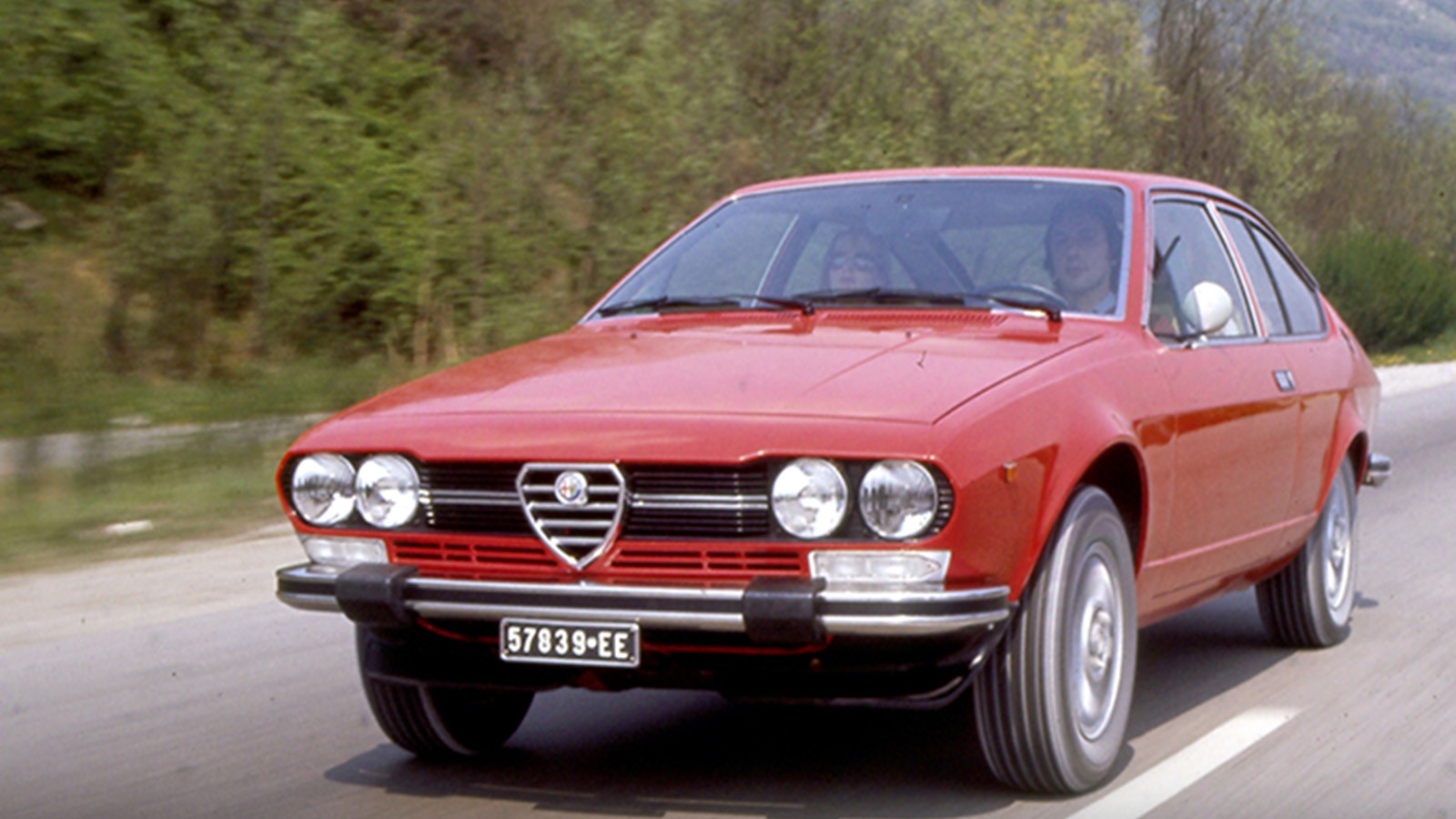 © FCA Heritage
© FCA Heritage -
 © Audi
© Audi -
 © Will Williams/Classic & Sports Car
© Will Williams/Classic & Sports Car -
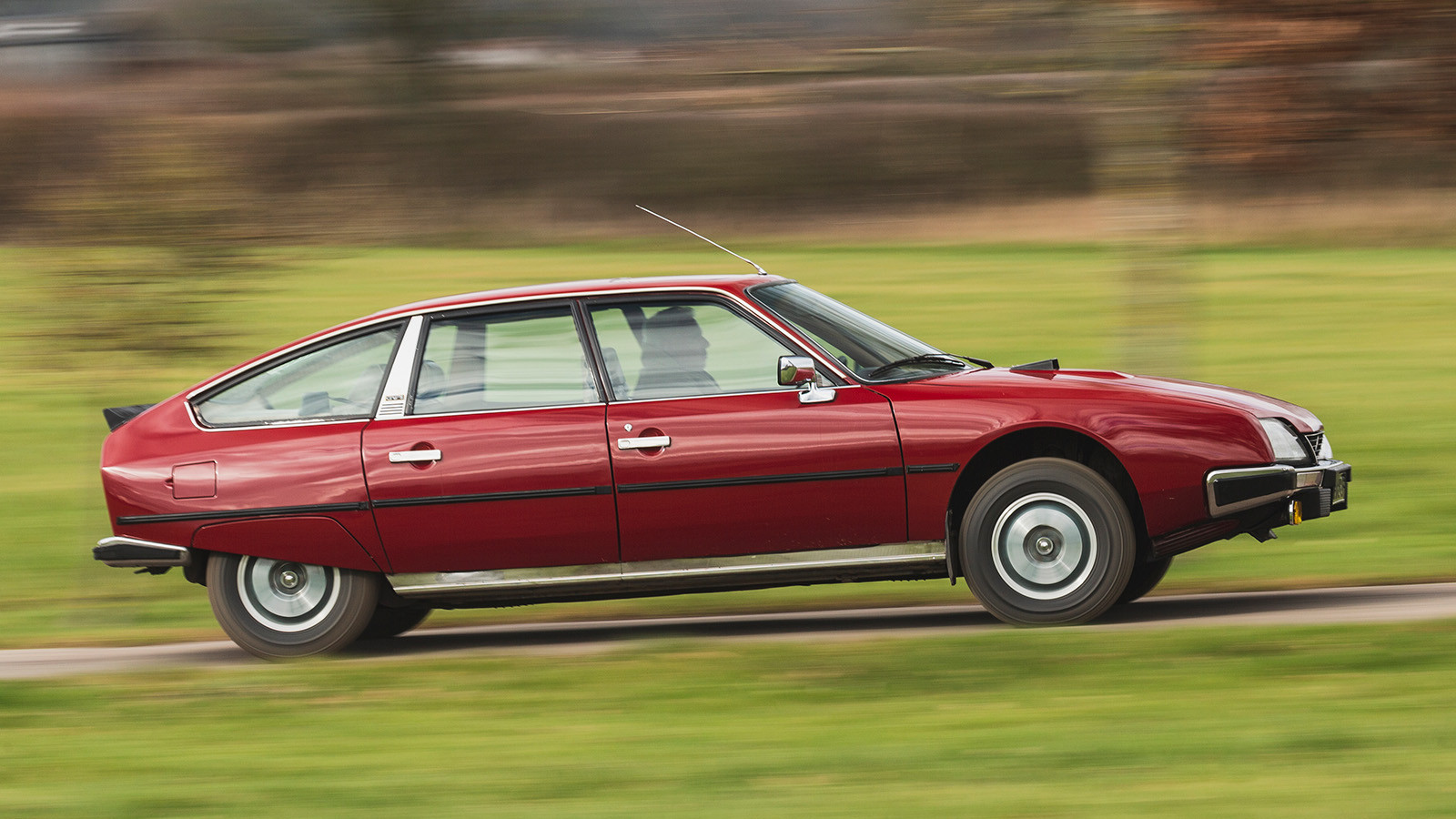 © Luc Lacey/Classic & Sports Car
© Luc Lacey/Classic & Sports Car -
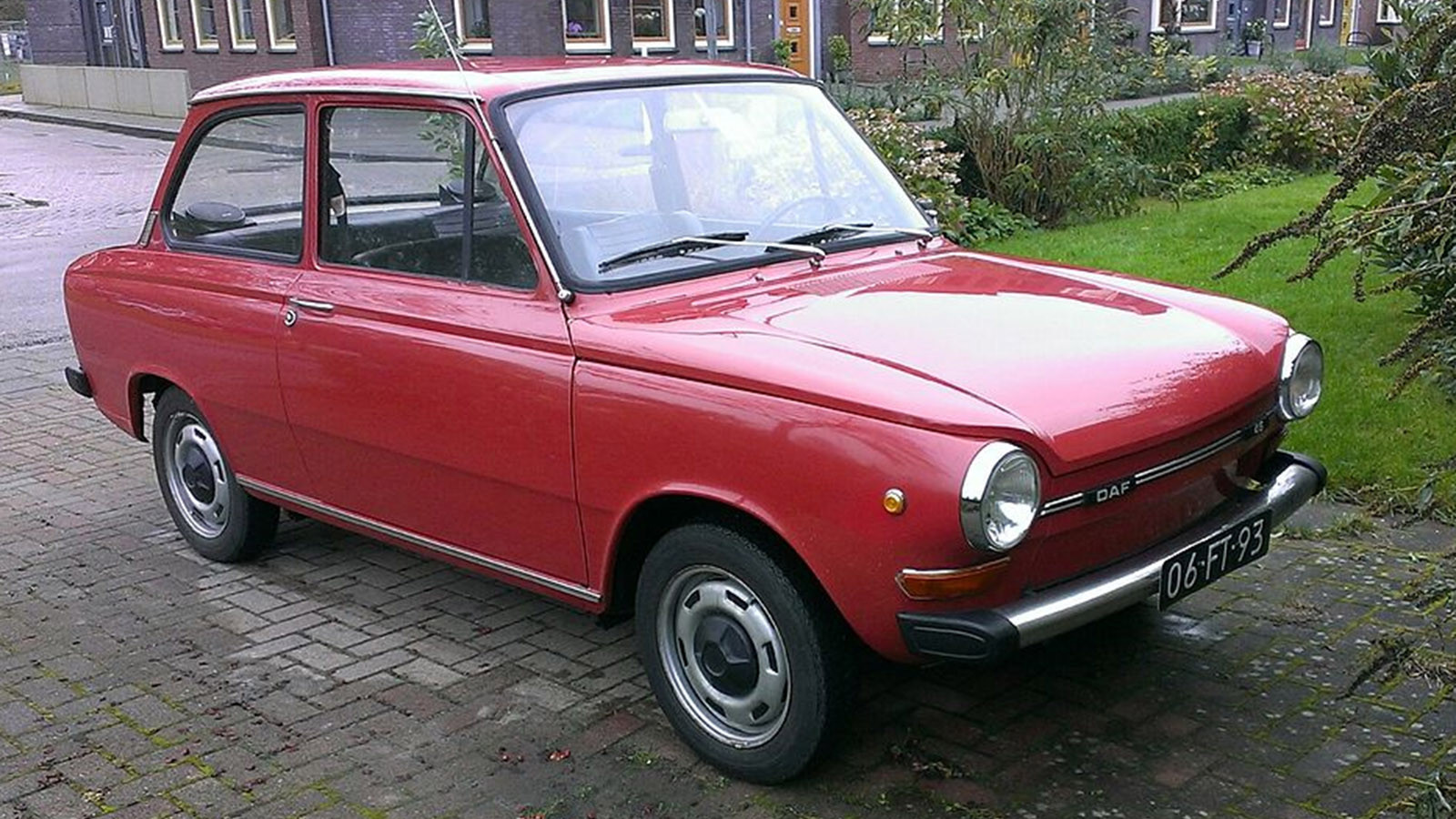 © Roepers/Creative Commons licence https://creativecommons.org/licenses/by-sa/3.0/deed.en
© Roepers/Creative Commons licence https://creativecommons.org/licenses/by-sa/3.0/deed.en -
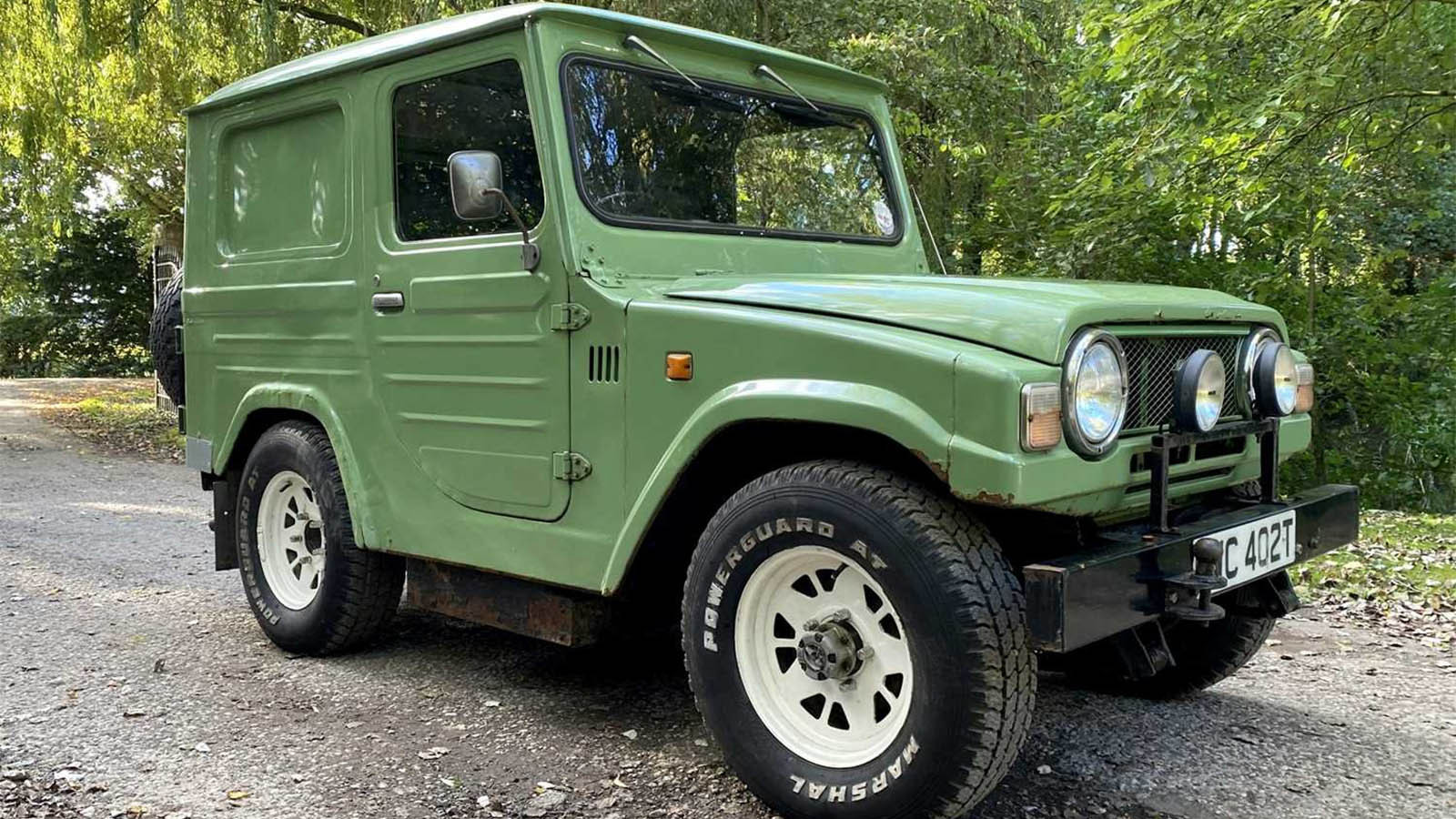 © Hampson Auctions
© Hampson Auctions -
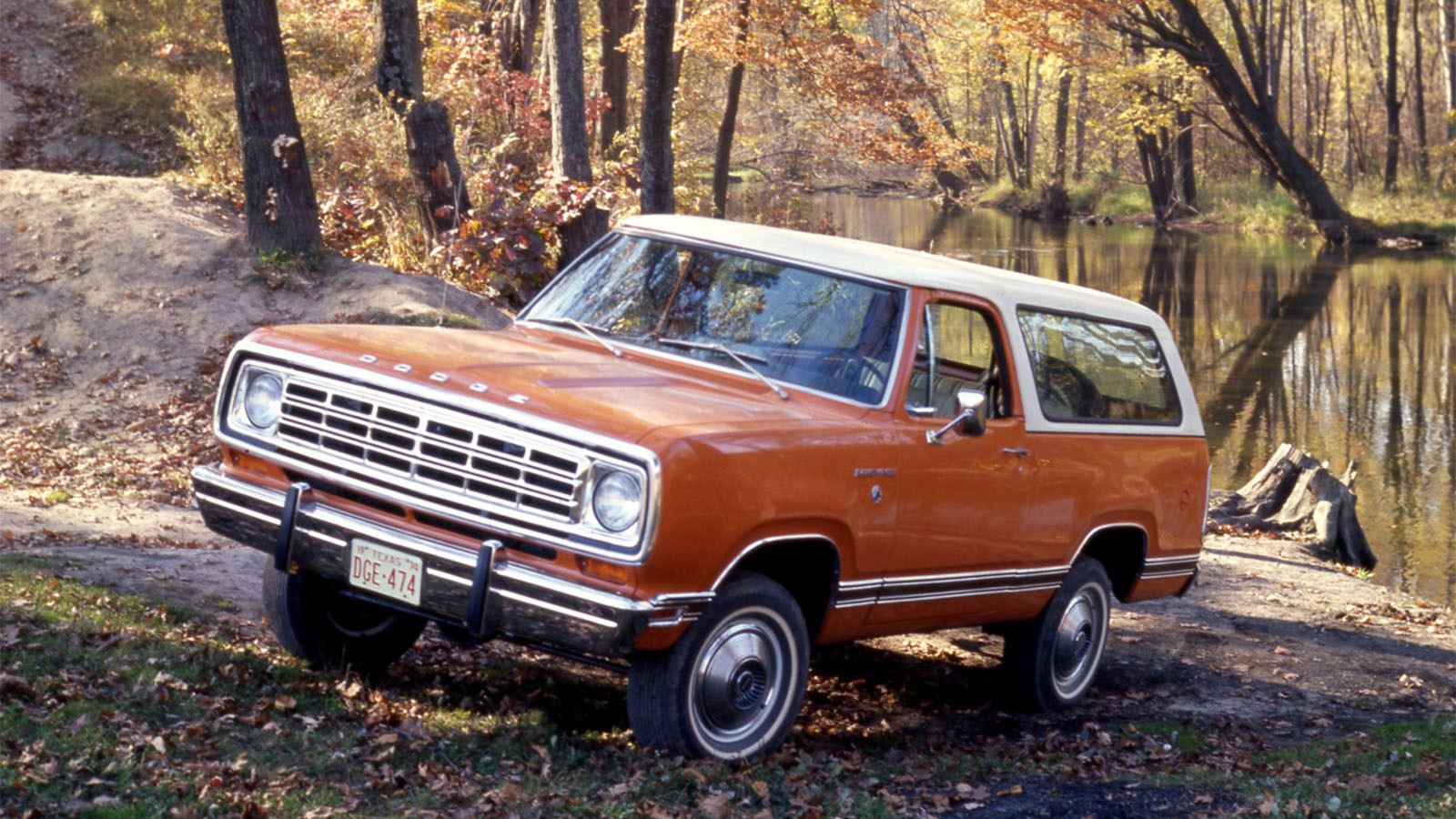 © Stellantis Historical Services
© Stellantis Historical Services -
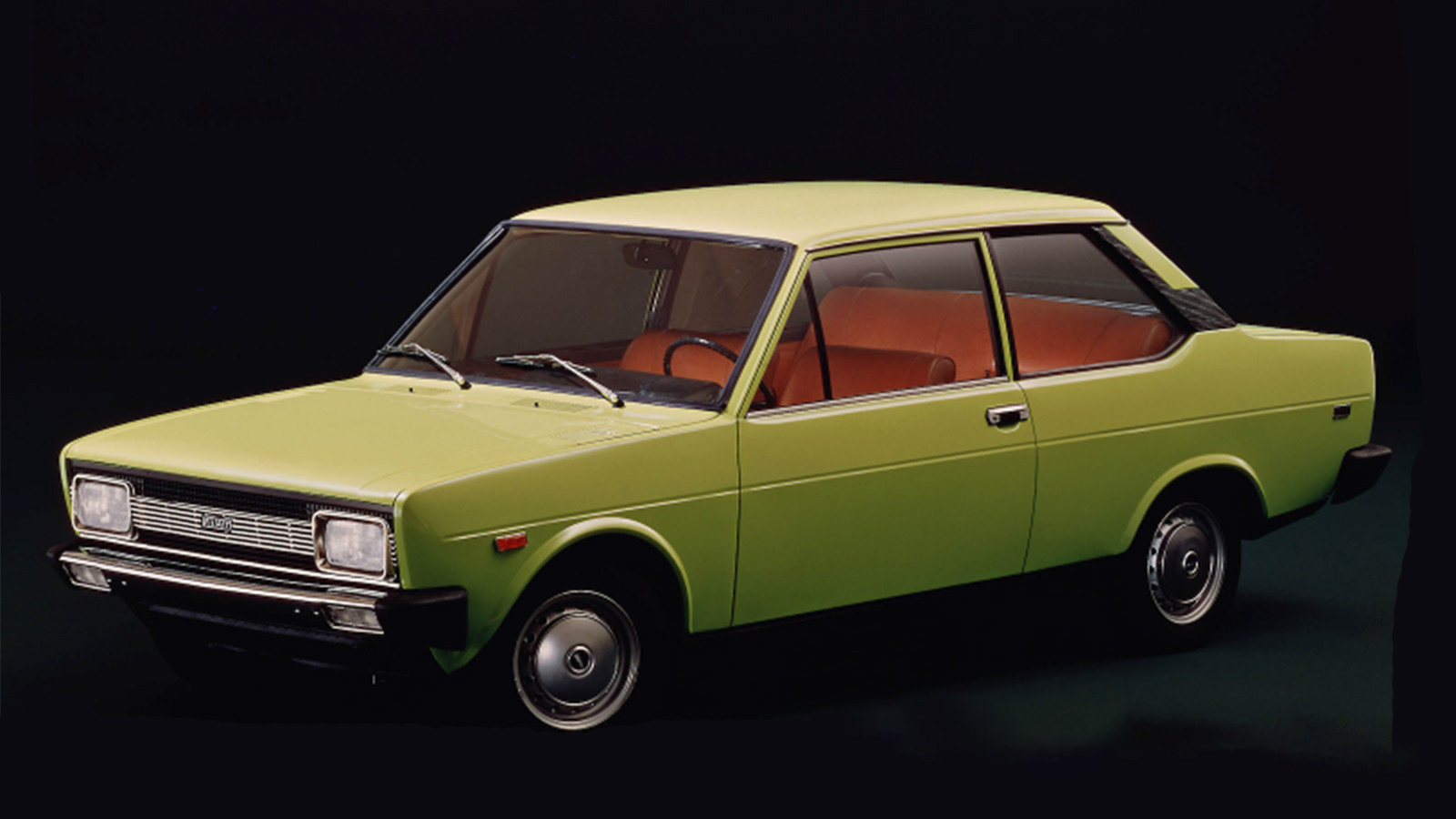 © Fiat Chrysler Automobiles
© Fiat Chrysler Automobiles -
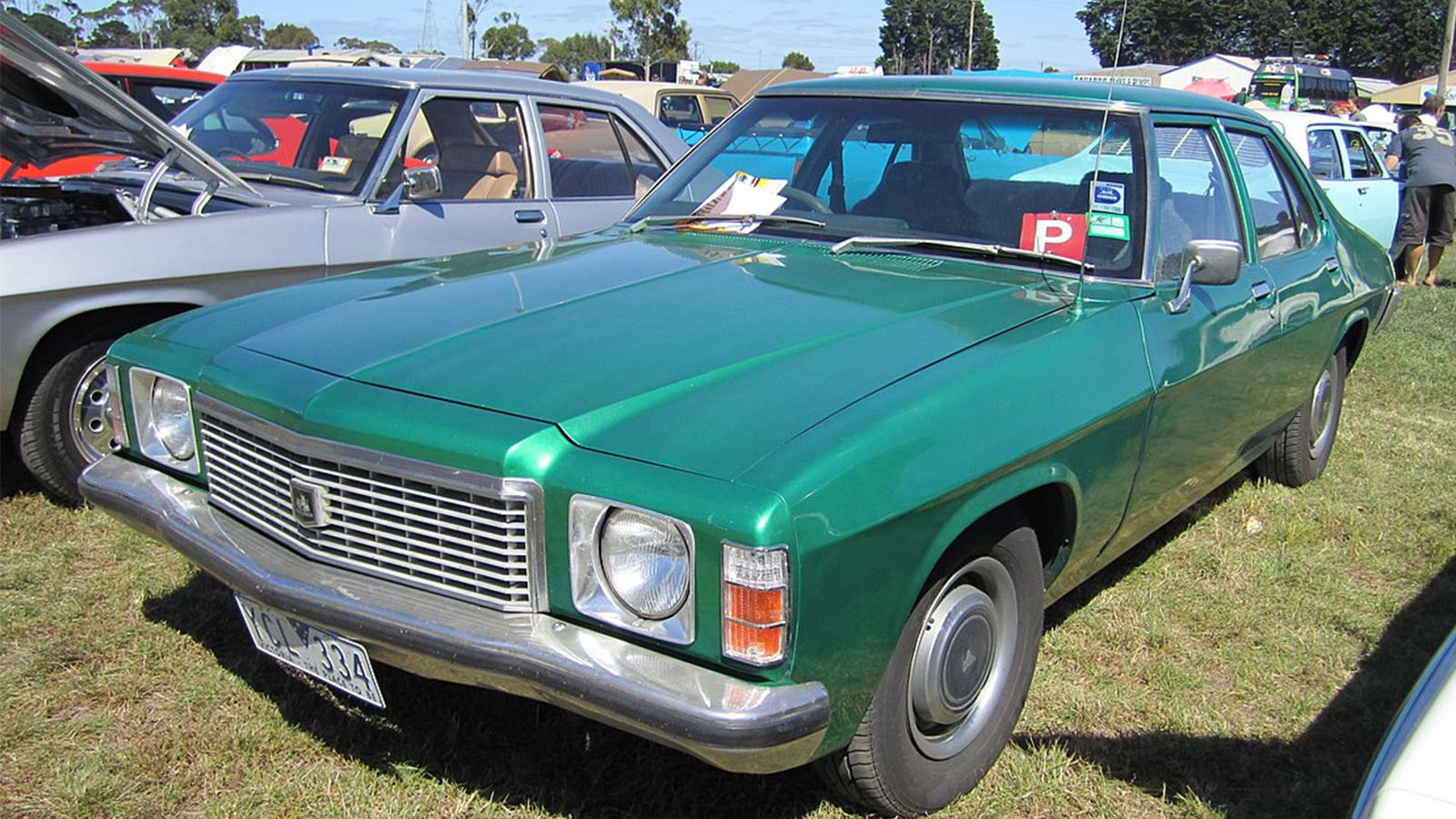 © Sicnag/Creative Commons licence https://creativecommons.org/licenses/by/2.0/deed.en
© Sicnag/Creative Commons licence https://creativecommons.org/licenses/by/2.0/deed.en -
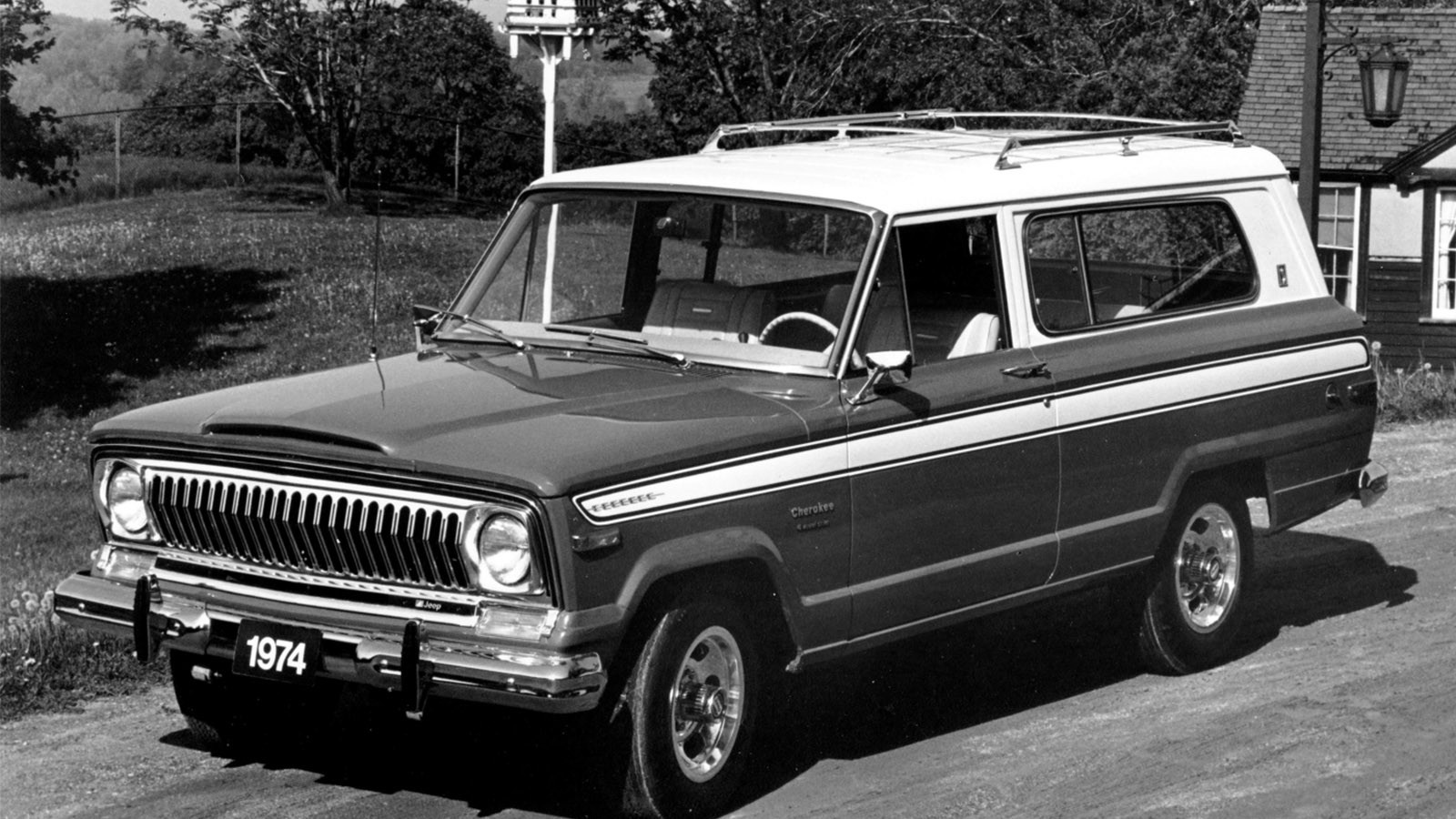 © Stellantis Historical Services
© Stellantis Historical Services -
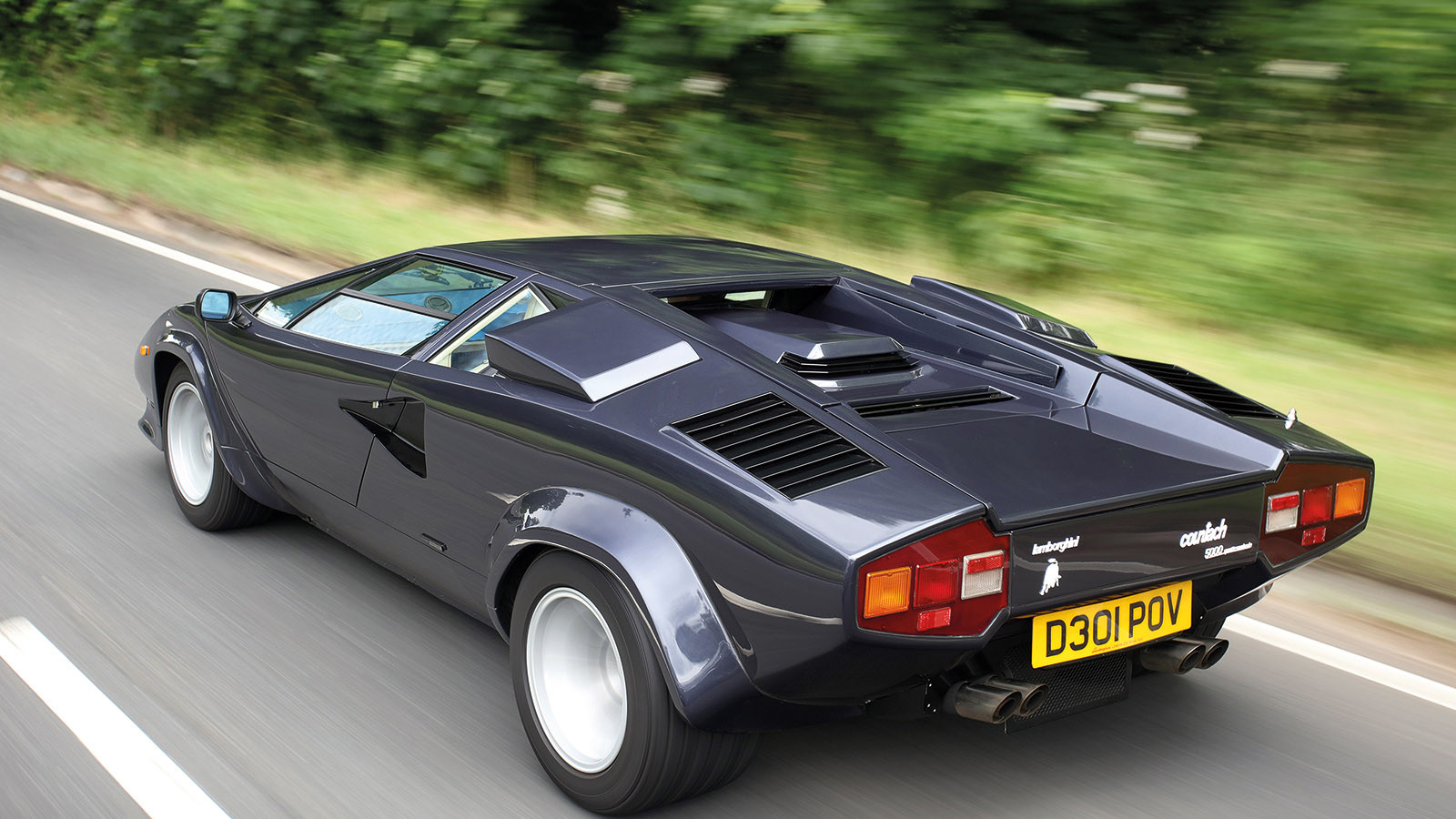 © James Mann/Classic & Sports Car
© James Mann/Classic & Sports Car -
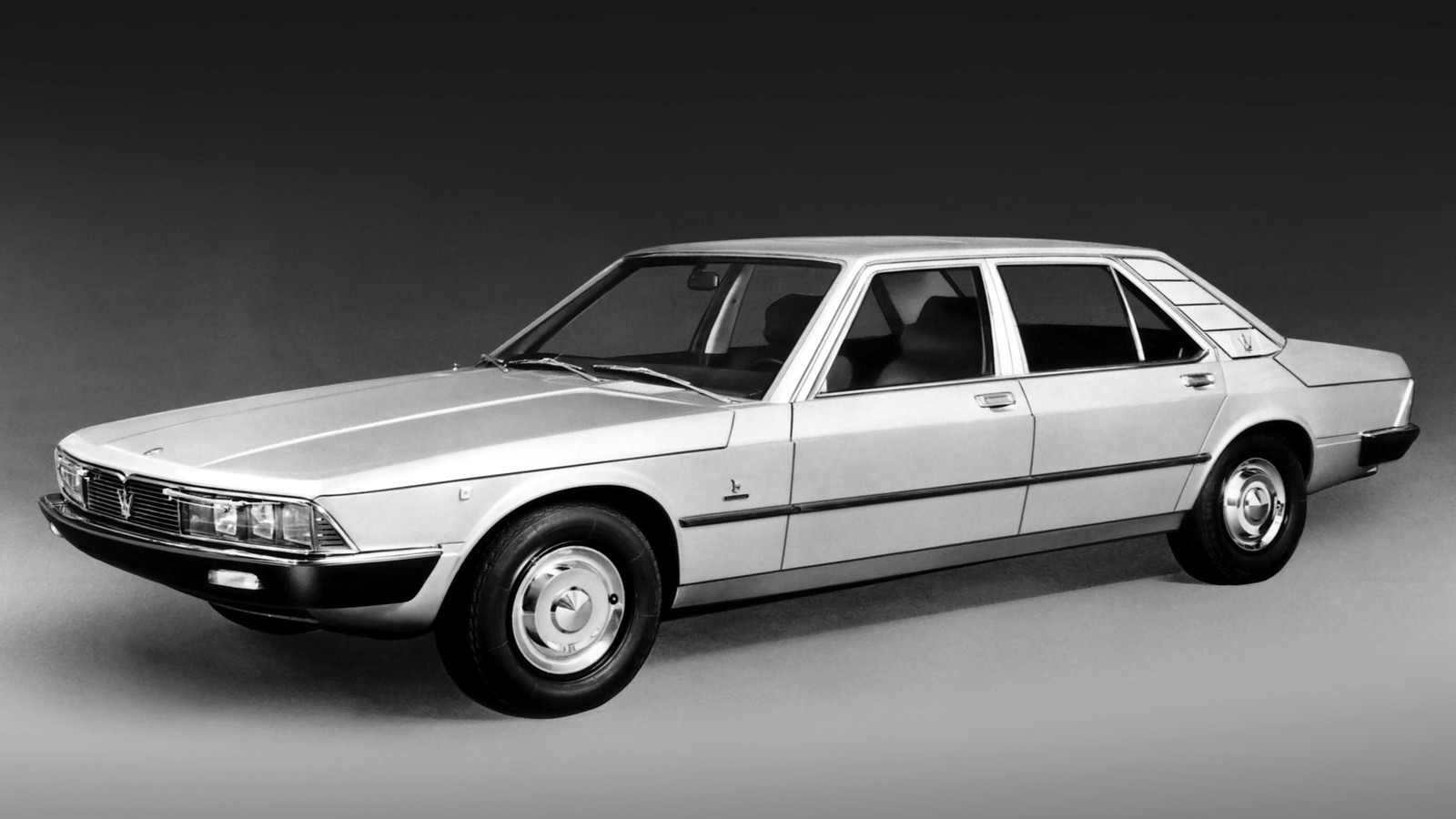 © Maserati
© Maserati -
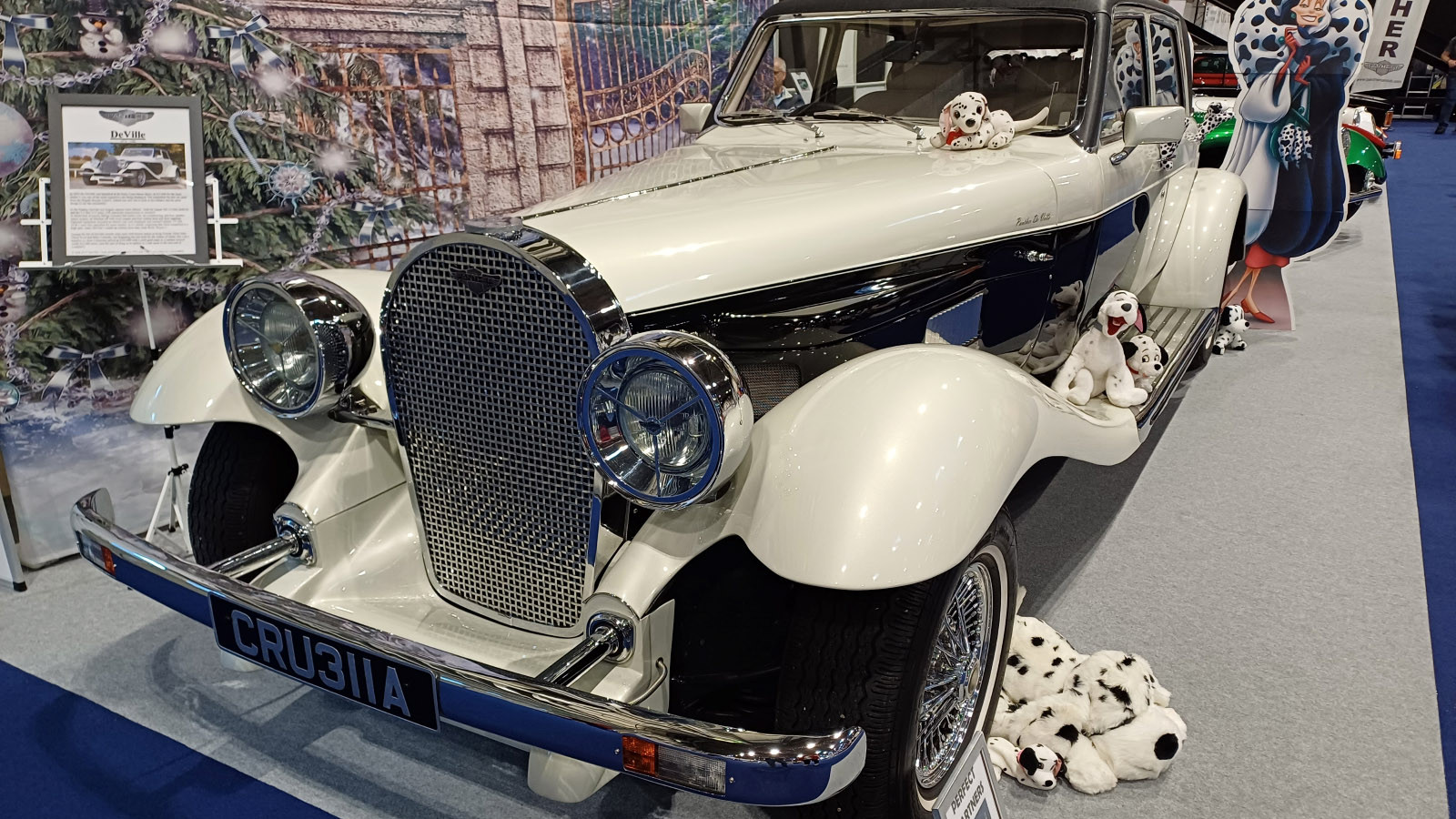 © Simon Hucknall
© Simon Hucknall -
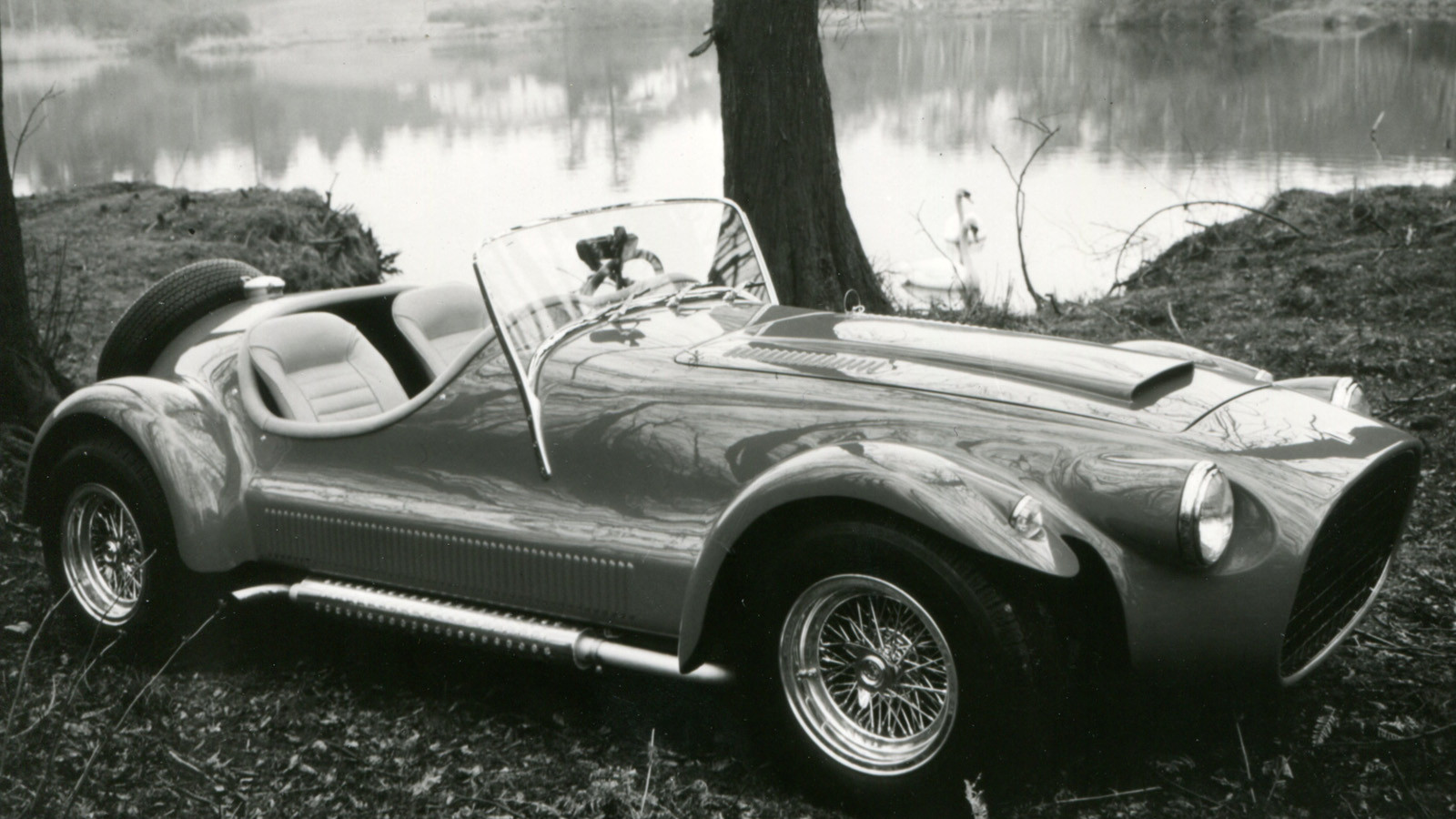 © Panther Westwinds
© Panther Westwinds -
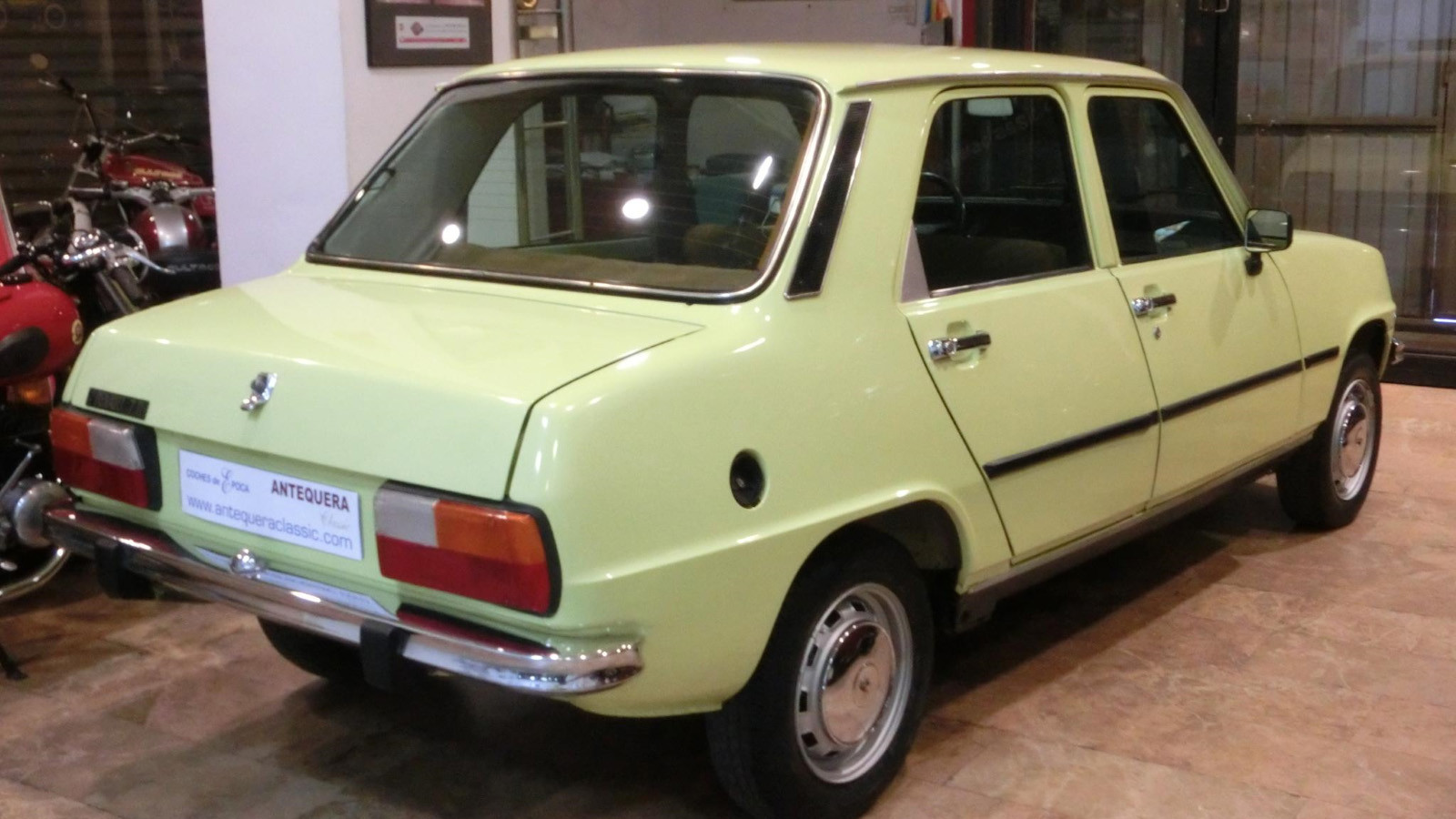 © Javier Antequera/Antequera Classic
© Javier Antequera/Antequera Classic -
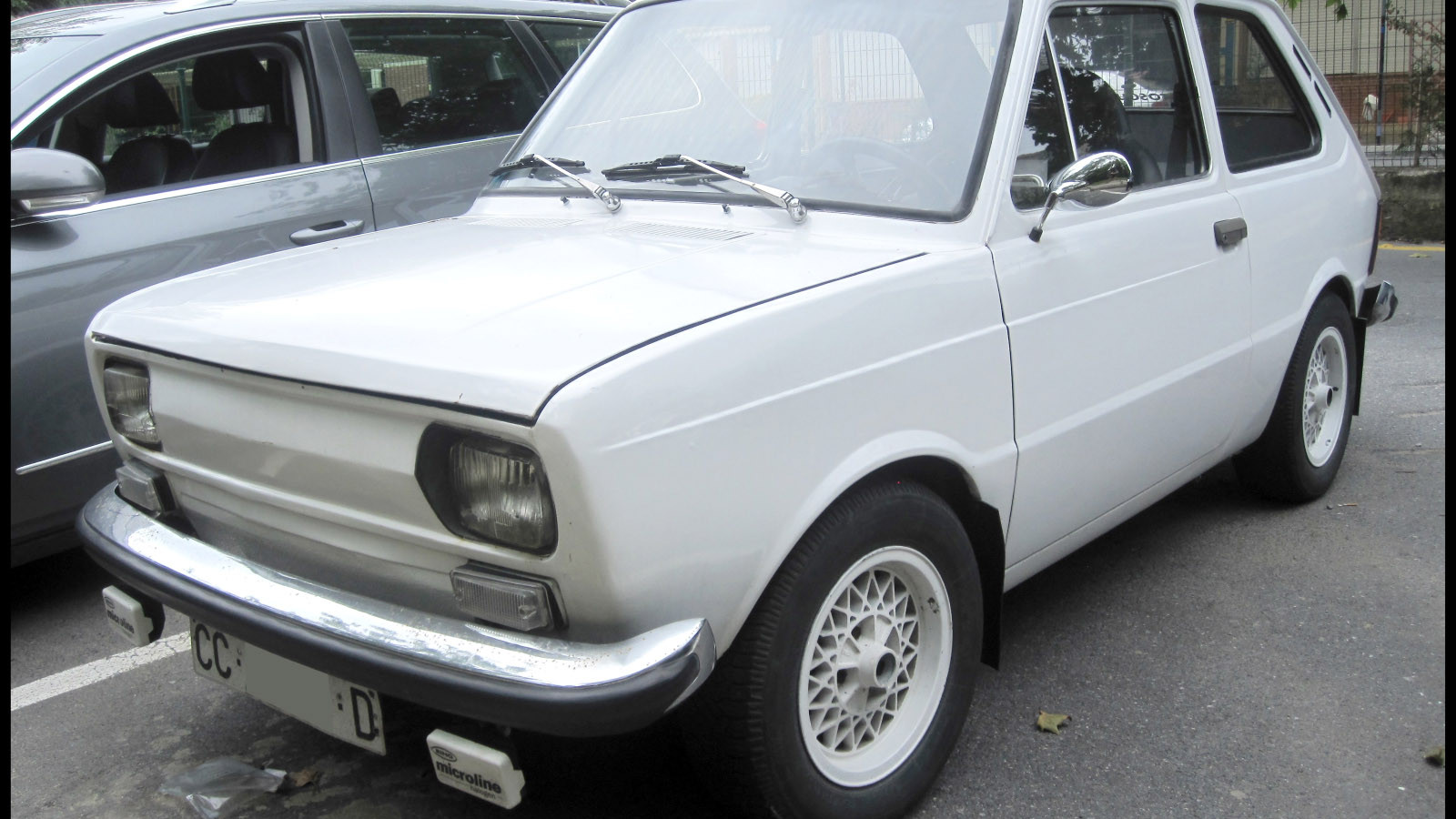 © Spanish Coches/Creative Commons licence https://creativecommons.org/licenses/by/2.0/
© Spanish Coches/Creative Commons licence https://creativecommons.org/licenses/by/2.0/ -
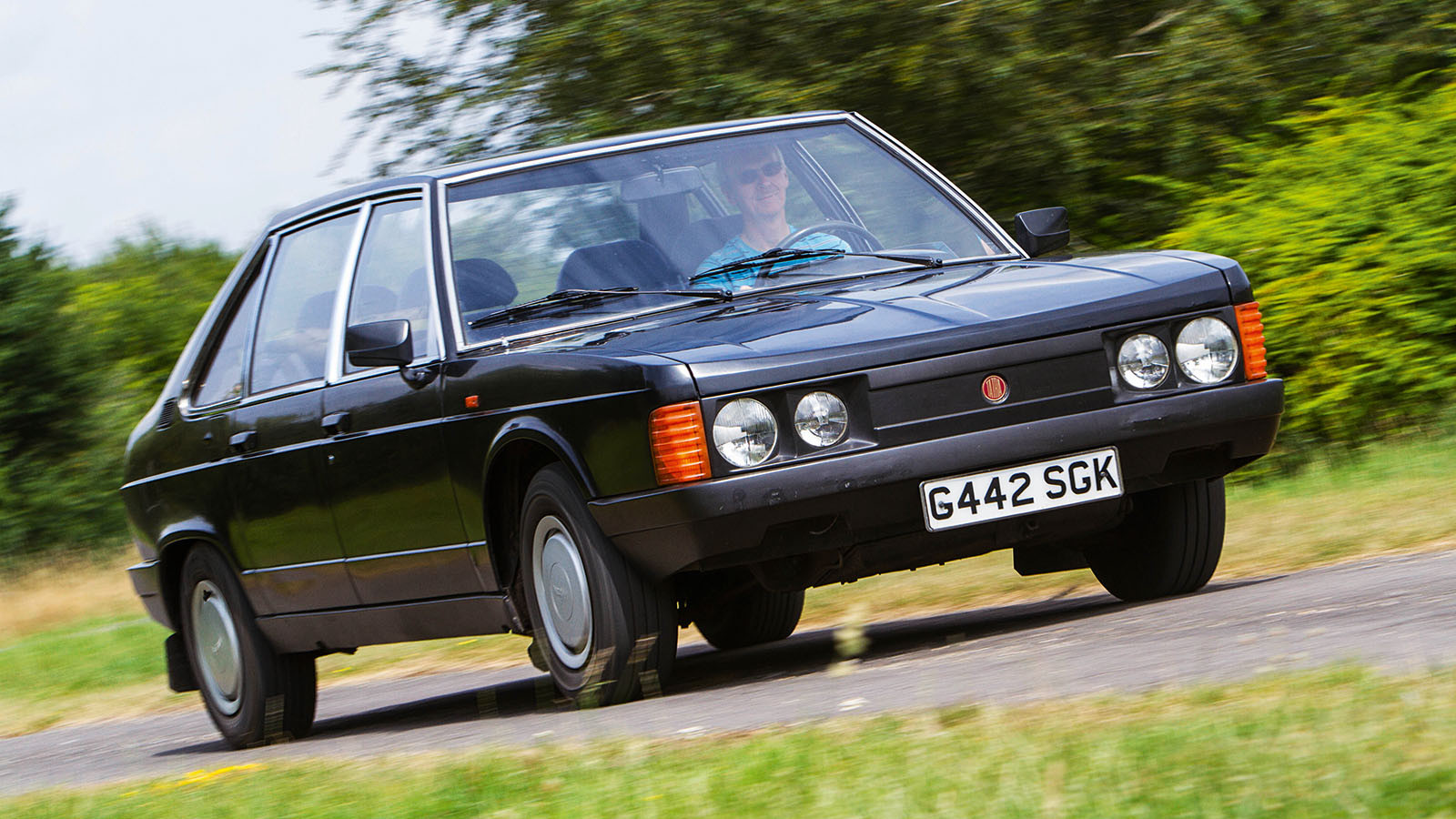 © Eric Richardson/Classic & Sports Car
© Eric Richardson/Classic & Sports Car -
 © Toyota
© Toyota -
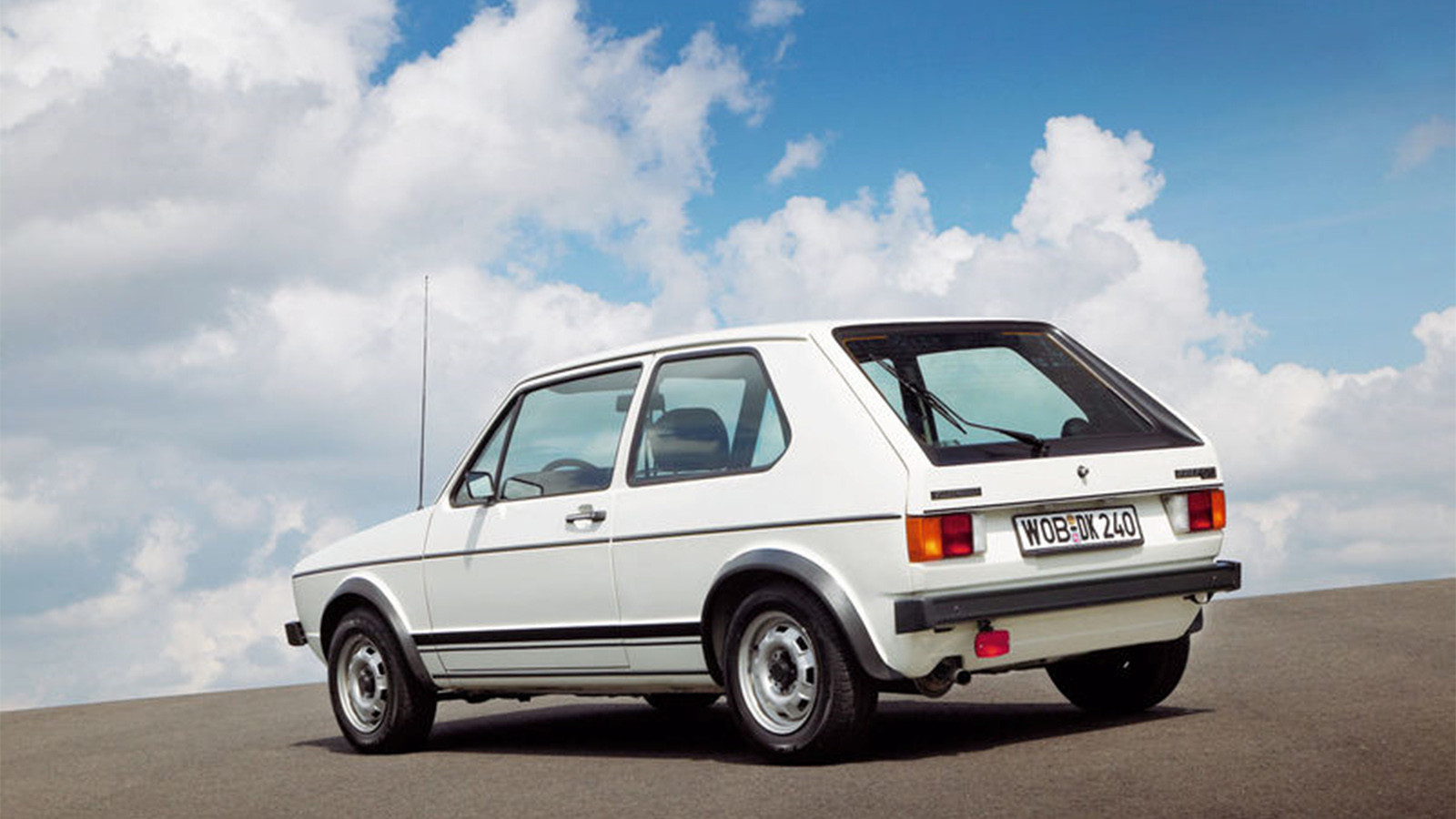 © Volkswagen UK
© Volkswagen UK -
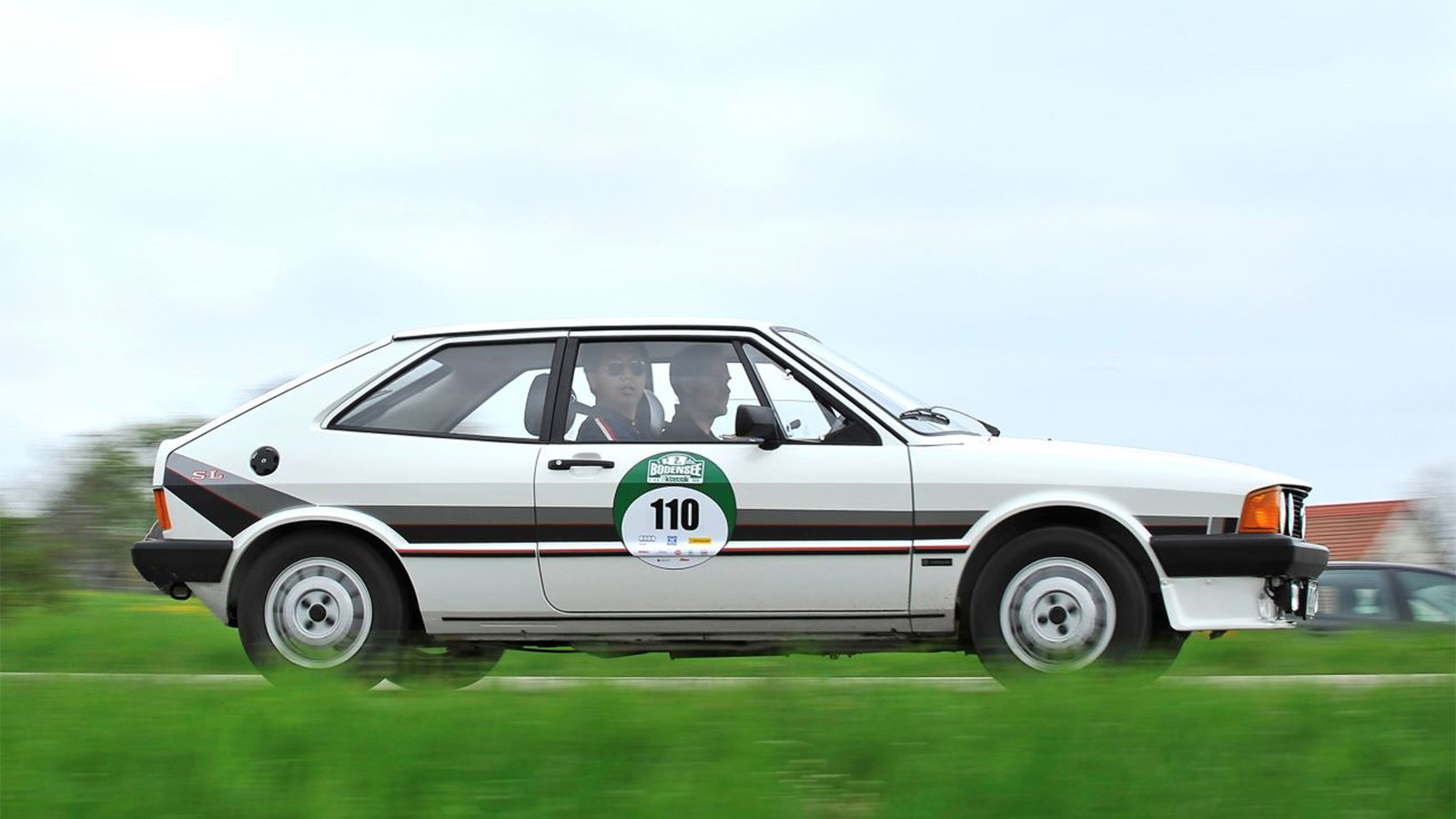 © Volkswagen UK
© Volkswagen UK -
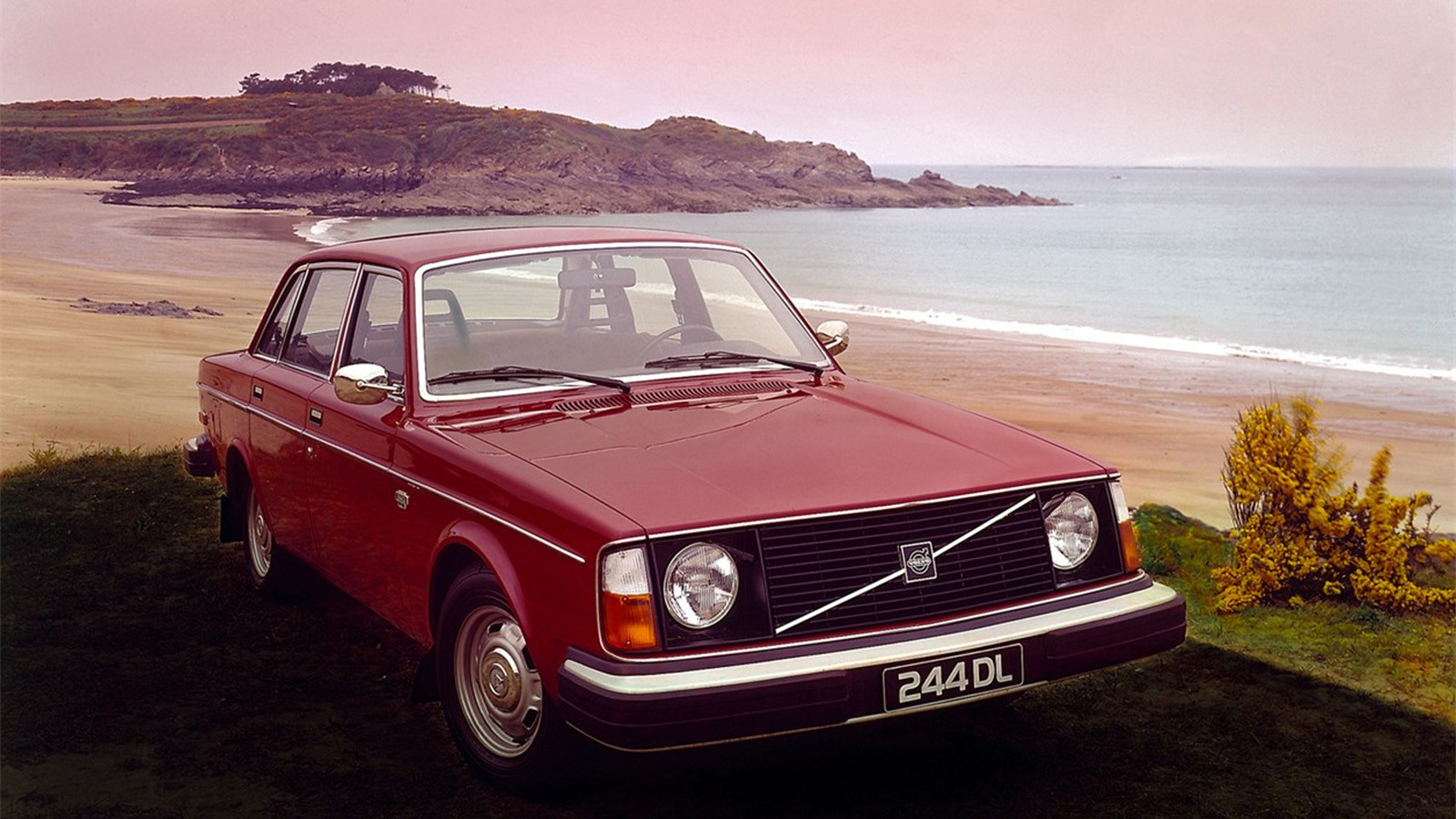 © Volvo
© Volvo
-
2024’s half-century heroes
You have to feel a pang of sympathy for any car manufacturer launching a large, powerful car 50 years ago, in 1974.
The year before, OAPEC (Organisation of Arab Petroleum Exporting Countries) had imposed an oil embargo on countries, such as the UK, US, Canada and Japan, who supported Israel in the Arab-Israeli War.
Even when the embargo was lifted in ’74, oil prices had risen by 300%, leaving the market for profligate automobiles in a tailspin.
And you’ll find a few of them here (Lamborghini Countach, take a bow…), along with a few scene-changing economy cars, like the Volkswagen Golf, that took on a new relevance as drivers came to terms with spiralling fuel costs.
So here, in alphabetical order, is an eclectic mix of 21 cars that went on sale in that fateful year, half a century ago.
-
1. Alfa Romeo Alfetta GT
Perhaps better known as the Alfetta GTV, the GT was a four-seat, Giugiaro-designed fastback coupé based on the boxy Alfetta saloon, which had launched two years before.
Initially powered by Alfa’s 1.8-litre dohc ‘four’ engine, when the range was updated and renamed ‘GTV’ to replace the aged 105 series coupé in 1976, the 1.8 was dropped in favour of either a dohc 1.6- or 2-litre powerplant.
Sophisticated underpinnings, combining a transaxle, Watt’s link and de Dion tube at the rear, and double wishbones with torsion bars at the front, made for an exceptionally well-balanced chassis and fine dynamics.
-
2. Audi 50
A Volkswagen Polo by another name? Yes, but the Audi 50 was first to market – albeit, only by a matter of weeks in its home territory.
Audi had seen the growing popularity of the ‘supermini’, especially in light of the fuel crisis, and developed the 50 in just 21 months.
Designed by the late, great Marcello Gandini at Bertone, the three-door hatchback incorporated all the technology expected in its class, including a small (1093cc), transversely mounted engine driving the front wheels and MacPherson strut front suspension.
Inevitably, the 50’s cheaper VW sibling proved more popular, and by 1978 the little Audi was no more.
-
3. Bricklin SV-1
The Bricklin SV-1 was an ultimately failed attempt to produce an ultra-safe, two-seat sports car for the North American market.
With its body made of a colour-impregnated glassfibre/acrylic composite, and featuring gullwing doors, the SV-1 – for ‘safety vehicle one’ – had an integrated roll-over structure and energy-absorbing bumpers front and rear.
Alas, the V8-powered, Canadian-built sports car ended production within two years, after around 3000 had been built.
Quality problems, and a list price that doubled during its short life, eventually called time on the programme.
-
4. Citroën CX
The much-loved DS was always going to be a hard act for Citroën to follow, but the CX’s 17-year production life – as well as it being awarded European Car of the Year in 1975 – suggested that the new model had well and truly hit the mark.
Often referred to as the last ‘proper’ Citroën, the CX used a heavily revised version of the DS’s hydropneumatic suspension, and was powered by a series of four-cylinder, transversely mounted engines with capacities of 2 to 2.4 litres, driving the front wheels.
Streamlined, and unique from other class rivals, the Robert Opron-designed Citroën CX had an impressive drag coefficient of just 3.6Cd, and was available with a choice of two wheelbases, or as an estate.
-
5. DAF 46
The DAF 46 went on sale during the period when Volvo was taking an ever-bigger share in the Dutch company, which it took full control of two years later.
Co-developed with Volvo, the 46 retained Michelotti’s three-box/two-door design, and continued to use the tiny 844cc flat-twin engine to power the ultra-light 724kg (1596lb) model.
Known/notorious for its Variomatic transmission and drivebelts that would render the car immobile if they snapped, the DAF 46 employed a more conventional rear differential that sought to extend the belt’s life.
More than 32,000 46s were built, before production ended in 1976.
-
6. Daihatsu Taft
Produced between 1974-’84, the Daihatsu Taft (for Tough and Almighty Four-wheel Towing Vehicle) was similar in design, but slightly larger than, the better-known Jimny.
Initially available in F10 specification, with a 958cc in-line ‘four’ engine, later versions (F20, F50 and F60) included the choice of a 1.6-litre petrol, and 2.5- and 2.8-litre diesels.
The four-wheel-drive system on all models came with a two-range transfer case.
-
7. Dodge Ramcharger
Originally conceived as a very basic, large, utility vehicle, using a 9in (c23cm) shorter wheelbase than that of Dodge’s D-series pick-up from which it took its platform, the gloriously named Ramcharger only introduced a passenger seat as standard two years after it was launched.
A natural rival to Chevrolet’s Blazer and Ford’s Bronco, early Ramchargers were only available with four-wheel drive, rear-wheel drive becoming an option in 1975.
Built in three generations up to 1993, the Dodge Ramcharger was variously powered by engines ranging from a 3.7-litre straight-six to a 7.2-litre V8.
-
8. Fiat 131
After its launch at the 1974 Turin motor show, sales of the 131 – Fiat’s replacement for the 124 – got off to a shaky start, as a direct result of the Arab-Israeli conflict, but recovered quickly, and by 1984, when production ceased, more than 1.5m had been sold.
Initially available with only a choice of 1.3- and 1.6-litre overhead-valve engines derived from the 124, the mid-size rear-wheel-drive saloon/estate sat between the 128 and the 132 in Fiat’s range.
A well-balanced, tidy-handling car, thanks to its relatively sophisticated suspension design, the first-series model was used as a base for the Abarth Rally homologation special which, in competition form, became so much a feature of world championship rallies.
-
9. Holden HJ
British car buyers in 1974 could squint hard and just about see the profile of the Vauxhall Victor FE in Holden’s new HJ series.
This was no surprise, when both were compelled to adhere to joint parent GM’s design language.
With a range comprising saloon, estate and coupé derivatives, the HJ was a full-size, front-engine, rear-drive model conceived for the Australian market.
Available with 2.8- and 3.3-litre straight-six engines, plus 4.2- and 5-litre V8s, the HJ was also rebadged as a Mazda Roadpacer AP with rotary-engine power.
-
10. Jeep Cherokee (SJ)
Long before Jeep became subsumed into the Stellantis family, the brand was owned by American Motors.
The Cherokee ‘sports utility vehicle’ (then a new descriptor for this type of model) was based on the earlier Jeep Wagoneer, which had been launched in 1963.
Only available in two-door guise until 1977, the Cherokee came as standard with a four-speed manual gearbox, a three-speed automatic being optional.
Most Cherokees were four-wheel drive and were powered by a variety of engines, from a 4.2-litre straight-six to a 6.6-litre V8 during its nine-year production run.
-
11. Lamborghini Countach
While the Lamborghini Countach went on to become the poster car for 1980s excess, in its purest first-series form it was perhaps the ultimate tribute to Marcello Gandini’s brilliance as a designer.
Initially revealed as a concept at the 1971 Geneva show, the Countach’s wedge profile and scissor doors – which made cabin exit/egress quite awkward – were carried over into production.
Built around a steel spaceframe, and clothed with unstressed aluminium body panels, the first P400 Countach weighed just 1065kg (2348lb).
And, thanks to its 3929cc V12 engine, it could go from standstill to 60mph in 5.4 secs, on the way to a top speed of 179mph.
-
12. Maserati Quattroporte
In 1974, Maserati introduced its second-generation Quattroporte at the Turin motor show.
Yet another design in this set from Marcello Gandini at Bertone, the new car was markedly different from its predecessor, thanks to Maserati’s joint venture with Citroën.
Based on a stretched Citroën SM chassis, the Quattroporte’s 3-litre V6 was front-mid-mounted, and sent drive to the front wheels via a five-speed gearbox.
Costing an eye-watering 4bn lire (around £1.7m GBP) to develop, the oil crisis, plus Citroën’s near-collapse in 1974, put paid to the Quattroporte receiving type approval.
In the end, just 12 cars were produced to order after manufacturing commenced in 1976.
-
13. Panther De Ville
Panther Westwind’s Robert Jankel was lucky that the rock and film stars, like Elton John and Oliver Reed, who he targeted with the new De Ville, were likely the only people unaffected by the UK’s economic woes in 1974.
Using the engines (either the 4.2 straight-six or 5.3-litre V12), running gear and suspension from the Jaguar XJ, the De Ville was a handbuilt, neo-classic pastiche of a Bugatti Royale, complete with swooping running boards and giant headlights.
With options including TV sets and drinks bars, the Panther De Ville was profligacy personified.
The car maker built around 60 up until 1985, 11 of which were convertibles.
-
14. Panther FF
Robert Jankel’s take on a classic, two-seat, open Ferrari seemed to incorporate an amalgam of Maranello’s styles, from an early 166MM to a 250GTO. How well they blended is open to debate…
Either way, the engine was the real deal: a classic Colombo-designed 3967cc Ferrari V12 producing a claimed 300bhp.
And clothed in a lightweight aluminium body, it must have been approaching Ferrari-quick, too (though no official performance figures exist).
-
15. Renault 7
Built under licence by Spanish company FASA (Fabricaciòn de Automóviles Sociedad Anónima de Valladolid), the Renault 7 was made predominantly for its domestic market, which at the time favoured saloons over hatchbacks, like the Renault 5 from which it derived.
It had some practical advantages over the R5, too, such as a relatively cavernous 400-litre boot, made possible by adding an extra 86mm to the R5’s wheelbase.
There was a restyled instrument housing, too, but otherwise the R7 was still an R5 at heart, with the one pictured powered by Renault’s 1037cc ‘four’, sending drive to the front wheels via a floor-mounted, four-speed gearbox.
-
16. Seat 133
Another car built in Spain, thanks to a collaboration with a larger manufacturer – in this case, Fiat – was Seat’s 133, which used the mechanicals from the obsolete Fiat/Seat 850 dropped into a more contemporary body, which had shades of the Fiat 127 in its design.
Unlike the front-engined, front-wheel-drive 127, though, the 133’s humble 843cc or 903cc motor resided behind the rear axle, sending power to the rear wheels.
It was a low-cost solution, which kept the 133’s price low, too.
Eventually succeeded by the Panda, the 133 was widely exported and often sold as a Fiat in regions where the Seat brand wasn’t well known.
-
17. Tatra 613
Replacing Tatra’s 603 series, the 613 was a large, opulent saloon built by the Czech manufacturer from 1974 to 1996, through five generations.
Styled by Vignale, the 613’s rear-mounted, air-cooled, four-cam, 3.5-litre V8 engine produced up to 197bhp in later fuel-injected cars, which were capable of 143mph.
Mainly used by government officials and industry execs, just under 7000 613s were produced.
-
18. Toyota Corolla (E30)
By the time the third-generation E30 arrived in 1974, Toyota’s Corolla was the world’s best-selling car.
Now joined by a two-door ‘liftback’ (E40) variant in the range, the new model was larger, rounder and heavier than before, but also marked Toyota’s biggest growth in the US market in the wake of the fuel crisis.
Designed by Toyota’s Shirou Sasaki, the E30 Corolla was powered by a range of four-cylinder engines from 1.2 to 1.6 litres, sending drive to the rear wheels through a wide choice of manual and automatic transmissions.
-
19. Volkswagen Golf
After half a century on the market, the name ‘Golf’ is to the mid-size hatchback market what ‘Hoover’ was to vacuum cleaners: an almost generic descriptor, in this case symbolising a classless, efficient, practical and unostentatious means of transport, whose design has now evolved through eight generations.
Designed by Giorgetto Giugiaro’s Italdesign, the Golf Mk1 – with its front/transversely mounted water-cooled engine – was also Volkswagen’s first major shift away from the rear-engined, air-cooled models it had been producing since the first Beetle rolled off the line.
-
20. Volkswagen Scirocco
Despite adopting the underpinnings of the all-new and far bigger-selling Golf, the Scirocco actually broke cover six months before its hatchback sibling, VW using it to resolve any potential teething problems with the common platform.
Once again designed by Giugiaro, but manufactured by Karmann in Osnabrück, the Scirocco replaced the long-running Karmann Ghia coupé.
Built in Mk1 form between 1974-’81, the Scirocco was available with a range of four-cylinder engines with 1.1- to 1.6-litre capacities.
-
21. Volvo 200 Series
Few cars have endured as well as Volvo’s 200 Series.
The basic shape of the car was actually inherited from the earlier 140 and 164 models, so while the model stayed in production for nearly 20 years, Jan Wilsgaard’s design had existed for even longer.
The Volvo 200 Series brought with it a raft of new technologies for its maker, though, with MacPherson strut suspension and rack-and-pinion steering improving dynamics, and overhead-cam engines complementing the carried-over overhead-valve units in the range.
And, being a Volvo, 200 Series cars were made even safer with front and rear crumple zones.
When production stopped in 1993, more than 2.8m Volvo 200 Series cars had been sold.
